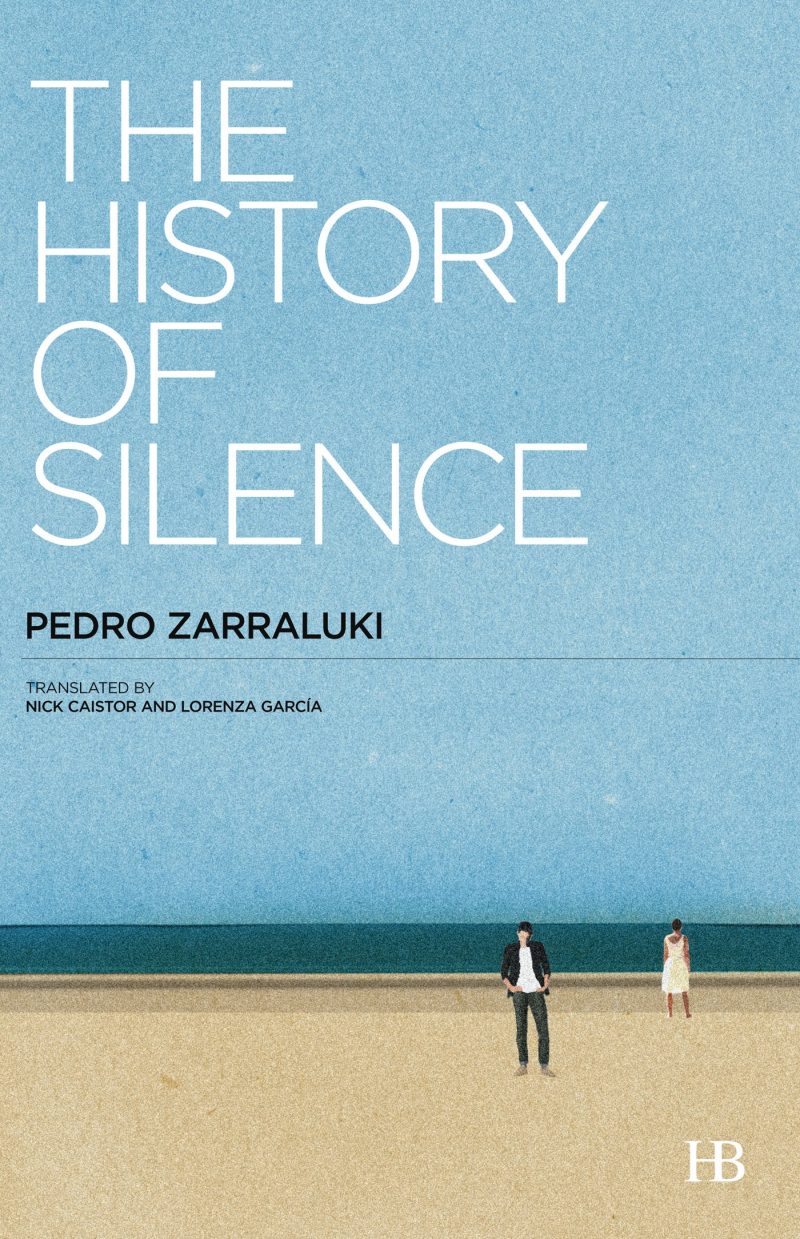
Seasons change, silence remains
Almost a century ago, artists told stories of proletarian struggle in “wordless novels,” woodcut sequences heavy on allegory and moral triumph in the face of oppression so powerful it literally silenced the characters. The open forges and armed goons of the Industrial Age are history, but not the crushing oppression that robs the every day worker—or consumer, as she is now labeled—of anything to say. Today, that oppression takes shape in routine, with advertisements and logos as its propaganda organs.
During a single October day in the titular town of Jon McNaught’s Dockwood, a cook goes to work at Elmview Nursing Home and a paperboy delivers the day’s late edition. These two characters are related not by causality-driven plot but by the coincidence of a shared commercial landscape, including a giant billboard that appears early on when a man papers over an ad for a “summer sale” at Topshop with an ad for “autumn bargains” at Matalan. Seasons change, silence remains, and synonyms serve their purpose, muting communication through repetition. The process erases difference and leaves passersby—an audience by chance, not choice— with a simple ready-made message: consume.
McNaught’s characters speak little; their world is muted and flattened, like the advertisements around them, into a single plane on which nothing is louder than anything else. But because this is a story told in comics, such silence is untenable. As soon as the reader finds the iconically simplified imagery inherent in the form, there is meaning—which is to say noise. So we find worry in the cook’s two slanted eyebrows, and adolescent ennui in the frequently eyeless face of the newspaper boy. The characters speak, if not to each other then to the reader (however hokey that may sound).
As in most comic books, part of Dockwood’s narrative comes from this familiar habit of filling in the familiar: the act of making meaning by recognizing and elaborating upon icons becomes part of the narrative. Just as we follow Superman as he saves the world again and again, both ignoring and trusting the inevitability of what we know will happen (i.e., that he saves the world), here, too, we allow patterns, and variations on patterns, to pull us along. Without these, the narrative fizzles; the comic goes silent. This is exactly what happens with the advertisements in Dockwood the town: they’ve blended so well into their...
You have reached your article limit
Sign up for a digital subscription and continue reading all new issues, plus our entire archives, for just $1.50/month.
Already a subscriber? Sign in





